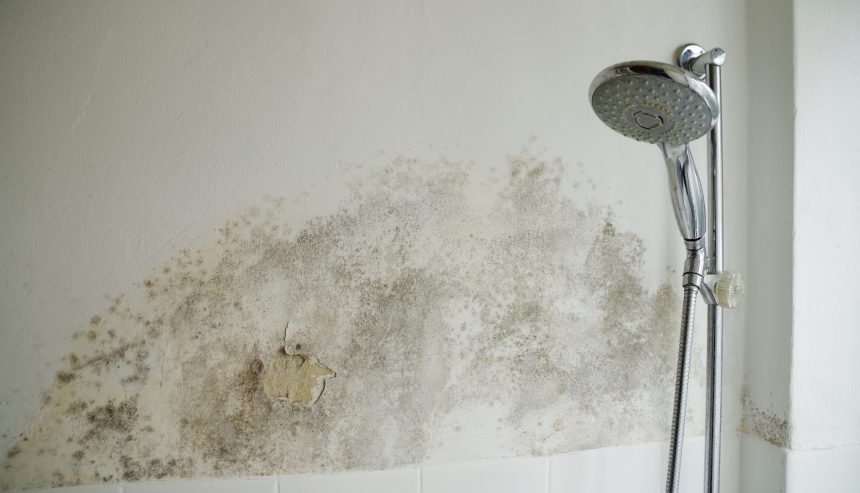Just how do you actually feel with regards to How to Repair and Prevent Bathroom Water Damage?

The washroom is incredibly prone for moist build-up as well as possible water damage because of the constant use of water in it. This short article supplies simple evaluation strategies to help spotting water damages threats.
The frequent use of water in the shower room makes it extremely susceptible for damp buildup and also potential water damage. By checking it consistently, you can lower water related damages.
The complying with collection of examinations is easy to perform as well as must be done as soon as in every 3 months in order to maintain your bathroom in good shape and to prevent prospective water problems triggered by the bath tub, the shower, pipeline joints and also plumbing, sinks, cabinets, and the toilet
Do not overlook carrying out these assessments as well as be complete while executing them. Remember that these straightforward inspections can save you a lot of money by providing early indications for water damage
Sinks and Cabinets
Sinks and cabinets are revealed to dampness and also moisture day-to-day and also are frequently neglected. Examine routinely under the sink and on the countertop over it. Fix any kind of drip in the catch as it might suggest drain problems. Look around the sink, slow draining pipelines might suggest a blocked drain. Replace sink seals if they are cracked or loosened.
Bath tub as well as Shower
The shower as well as bathtub require unique focus as well as maintenance. Check the tiles and also change if broken. Ensure that there is no missing cement in between the ceramic tiles. Inspect and also change split caulking at joints where the walls meet the flooring or the tub. Clogged drains pipes and also pipes problems will certainly stop the tub from drying out as well as may show severe issues beneath the bath tub. Talk to a professional immediately to avoid structural damages. Focus on discolorations or soft locations around the tub wall surfaces as they might indicate an inner leak.
Plumbing
Signs for water damages are difficult to spot since a lot of pipelines are mounted inside the wall surfaces.
Pay special focus to flooring and also wall surfaces wetness and also spots as they may suggest an unnoticeable plumbing trouble. Inspect dampness levels in adjacent spaces too.
The Bathroom
The commode is a prone water junction. Inspect the water lines and look for leaks around the bathroom seat, in the tube, as well as under the water container. If you discover any kind of indications of dampness on the floor around the commode, check for leakages in the toilet rim as well as container seals.
Understand that hanging commode bowl antiperspirants increases the possibilities for obstructions.
How to Prevent Water Damage in Your Bathroom?
Water damage repair is an expensive, meticulous, and lengthy process. Unfortunately, bathrooms are the most susceptible rooms to water damage due to toilets, showers, and sinks. Pipes and fixtures wear out over time and are not immune to damage. But all is not lost, as there are ways to prevent water damage from occurring in your bathroom.
Check Your Plumbing
Nothing lasts forever, especially pipes, which can rust and begin leaking over time. You should periodically conduct pipe inspections and pay attention for any musty smells or water stains that may indicate you need water damage repair. Here are some things to check:
- Frequently test valves for your toilet, shower, and sink to ensure they are properly working.
- Check faucet supply lines hidden under vanities and replace when needed.
- Replace cracked or deteriorating caulking along sinks, tubs, and showers.
- If you notice a clog in your sink, call in a professional.
- Since you can’t check the pipes in the wall, keep an eye out for stains, drywall bubbling, musty smells, and excess moisture; if the bathroom is on a second level, check the ceiling of the room directly below for these signs.
Don’t Overwork Your Toilet
One of the most common reasons bathrooms need water damage repair is due to overflowing toilets. Save yourself the hassle of cleanup by being mindful and not pushing your toilet to extreme limits. If you have young children, it is especially important to keep an eye on them when they are in the bathroom and to teach them how to avoid clogging the toilet. Here are some more tips to help prevent your toilet from overflowing:
- If you have a septic tank, only use septic-safe toilet paper
- Do not flush anything down the toilet besides toilet paper; items like diapers and sanitary napkins will clog the piping
- Pay attention to your toilet’s water level: If it’s low, it could mean it is partially clogged or that there is a crack in the toilet bowl
Maintain Your Shower/Tub
- Replace showers or tubs with cracks or other damage; even hairline cracks can allow water to seep in and cause damage.
- Grout and caulk help prevent water from seeping into walls and floors, so repair them if they are chipped, cracked, or deteriorating.
- Replace torn shower curtains or shower doors with seals that no longer work.
- Dry the floor and drain water from the tub immediately after use to prevent damage from sitting water.
https://www.alure.com/home-improvements-blog/resources/how-to-prevent-water-damage-in-your-bathroom

We had been guided to that article on How to Fix a Water Damage Bathroom through an acquaintance on our other blog. Make sure you take the opportunity to share this blog posting if you enjoyed it. I treasure reading our article about How to Repair and Prevent Bathroom Water Damage.
Click Here To Find Out More
Comments on “Ways to Repair a Water-Damaged Wall in the Bathroom”